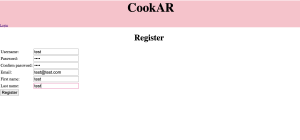Report
- The remaining parts (Rasppis, SD cards, camera, HDMI cables for testing) were ordered Monday/Tuesday, and most of them arrived by Friday. What remains to arrive are, unfortunately, the Rasppis themselves, which is bottlenecking my progress.
- I’ve drafted the CAD as expected (see below) which took. so long. Just so very many more hours than I thought, which, yeah, probably should have seen that one coming. Note for future modelling: do not use splines. Splines are the highway to incompletely constrained sketches. God, why did I use splines.

- I’ve flashed the SD cards with the Raspberry Pi OS so I can boot them as soon as they arrive (expected Monday). Diya and I can sit down and check the model, and run the tests I need for power draw then.
Progress Schedule
- A few of the tasks I expected to be done this Friday/Saturday did not get done because of the delivery delay. I cannot measure the power consumption of a board I do not have.
- If I don’t get horribly unlucky, this should be done early next week; some of next week’s tasks may end up getting pushed into spring break, but we have that slack time there for that very reason. Most of the time dedicated to this class for the upcoming week is likely to be spent writing the design report.
Next Week’s Deliverables
- The design report, obviously, is due at the end of next week. This is a team deliverable.
- The Mediapipe/OpenCV-on-Rasppi tests I expected to do this week. We’ll know the power consumption, and then I can figure out what kind of battery I’ll need.





